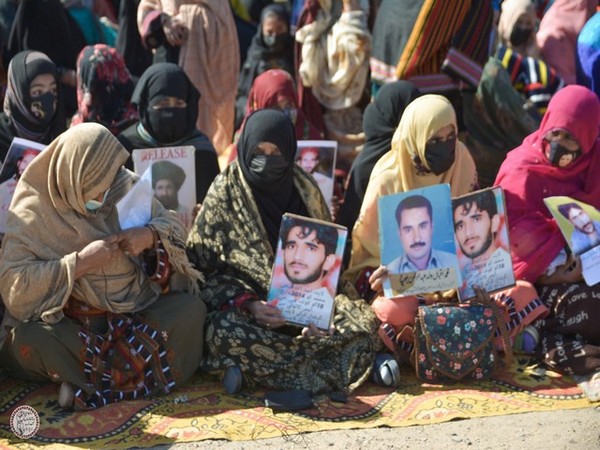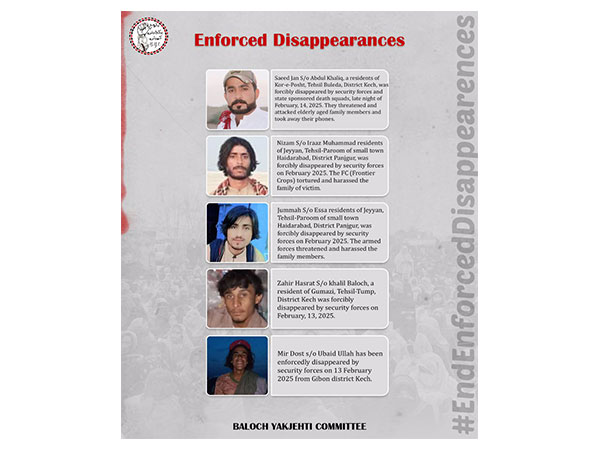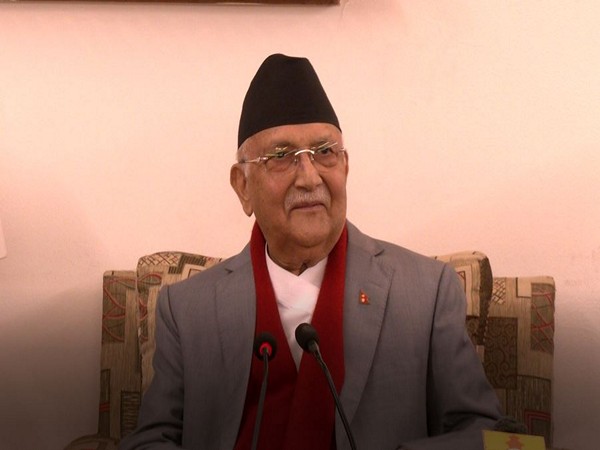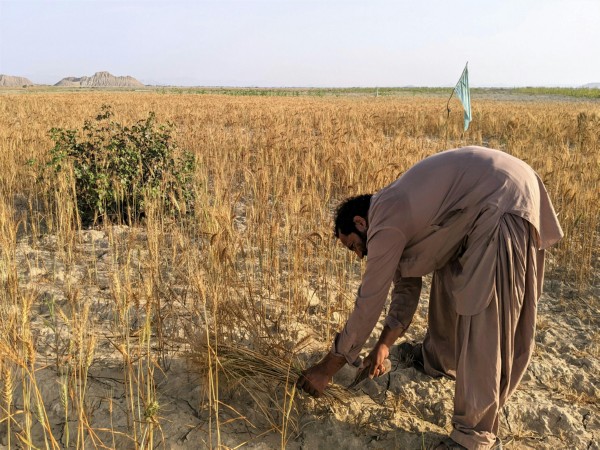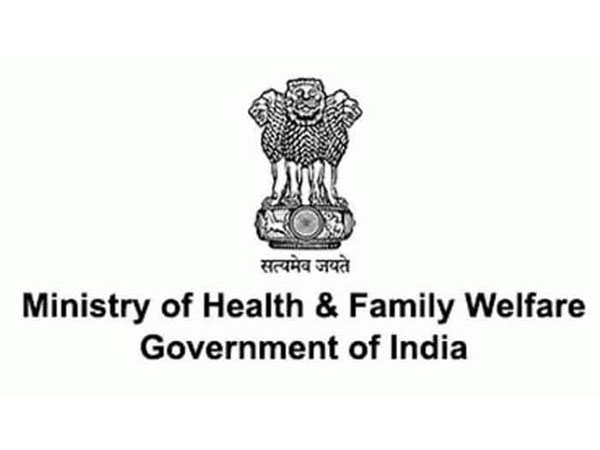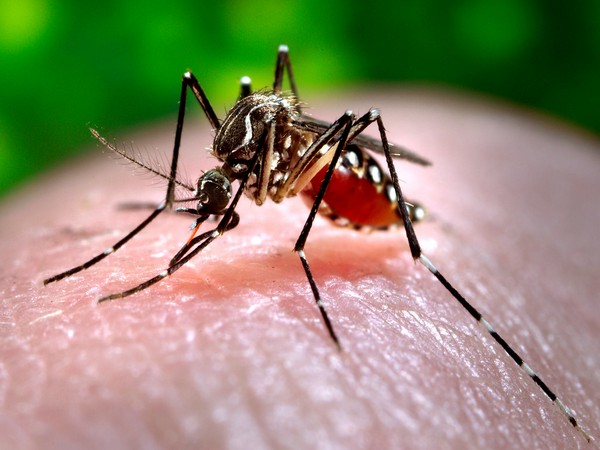
2006 Prof. Frank Hadley Collins, Dir., Cntr. for Global Health and Infectious Diseases, Univ. of Notre Dame This 2006 photograph depicted a female <i>Aedes aegypti</i> mosquito while she was in the process of acquiring a blood meal from her human host, who in this instance, was actually the biomedical photographer, James Gathany, here at the Centers for Disease Control. Youll note the feeding apparatus consisting of a sharp, orange-colored fascicle, which while not feeding, is covered in a soft, pliant sheath called the "labellum, which retracts as the sharp stylets contained within pierce the host's skin surface, as the insect obtains its blood meal. The orange color of the fascicle is due to the red color of the blood as it migrates up the thin, sharp translucent tube. The fascicle is composed of a pair of needle-sharp "stylets". The larger of the two stylets, known as the "labrum", when viewed in cross-section takes on the shape of an inverted "V", and acts as a gutter, which directs the ingested host blood towards the insect's mouth. As the primary vector responsible for the transmission of the <i>Flavivirus</i> Dengue (DF), and Dengue hemorrhagic fever (DHF), the day-biting <i>Aedes aegypti</i> mosquito prefers to feed on its human hosts. <i>Ae. aegypti</i> also plays a major role as a vector for another <i>Flavivirus</i>, "Yellow fever". Frequently found in its tropical environs, the white banded markings on the tarsal segments of its jointed legs, though distinguishing it as <i>Ae. aegypti</i>, are similar to some other mosquito species. Also note the lyre-shaped, silvery-white markings on its thoracic region as well, which is also a determining morphologic identifying characteristic.<p>This females abdomen had become distended due to the blood meal she was ingesting, imparting the red coloration to her translucent abdominal exoskeleton.
Dhaka [Bangladesh], July 23 (ANI): The dengue-outbreak”>dengue outbreak had taken the worst toll on Bangladesh as 109 deaths were recorded and 20,465 positive cases in the past 21 days, making July the worst month, Bangladesh Sangbad Sangstha (BSS) reported.
Among the total deaths since January 1, the month of July alone witnessed 109 deaths linked to dengue simultaneously 20,465 positive cases were recorded, according to the Directorate General of Health Services (DGHS)
Month-wise data of dengue disease-2023 showed 566 dengue patients were detected in January with six fatalities, 111 cases with zero deaths in February, 143 cases with two deaths in March, 50 cases with two deaths in April 1036 cases with two deaths in May and 5,956 cases with 34 deaths.
In comparison, last year was less severe in terms of dengue-positive cases and death figures as 268 patients died and 62,382 cases were recorded, the DGHS data said adding in 2019, the country saw the highest number of dengue cases — 101,354, with 179 deaths, as per BSS. Health experts feared August and September will be more severe as these two months are more suitable for breeding Aedes mosquitoes.
“The number of dengue patients had been increasing alarmingly since January this year giving a signal of dengue pandemic during the rainy season as 566 dengue cases were reported in the first month of the year, which is almost five times higher than that of the same period of past three years,” a DGHS official added.
Despite several dengue cases, the Bangladesh government still thinks that the time to declare a public health emergency, Dhaka Tribune reported. However, it admits the fact that the dengue situation has worsened throughout the country, with Dhaka being the hotspot.
“…But such a situation has not appeared yet that we are unable to give beds to patients in hospitals and give them medicines. The number of dengue patients is still under our control,” said Health and Family Welfare Minister Zahid Maleque on Saturday. He was talking to journalists after visiting Mugda Medical College Hospital in the capital, according to Dhaka Tribune. (ANI)








